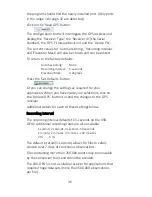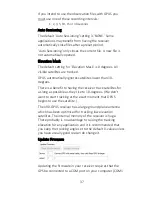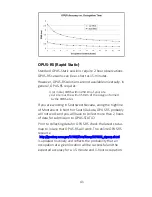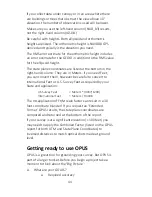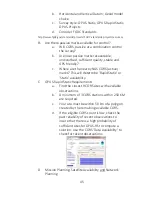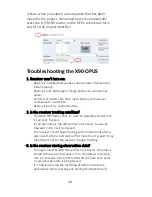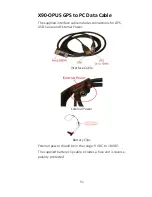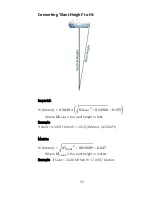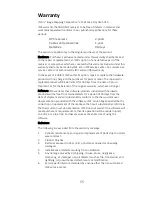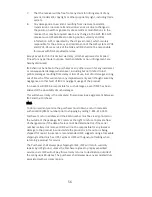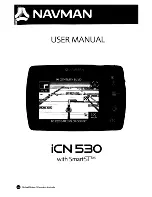
46
a.
How many receivers will you use for
simultaneous observations? If you are using
OPUS-Projects then More = More-Better.
b.
Checkout online ‘Mission Planning’ tools for
U.S. satellite availability using reasonable
masks (>15 degrees) during collection
periods. If there are any periods with fewer
than 6 SV’s or PDOPS higher than 3, plan on
occupying points longer.
E.
How long will you observe a site? Again:
F.
Are your sites GPS compatible? Are there obstructions
higher than 10 degrees?
G.
Field Checklist:
o Maps, aerial photography, ingress/egress plans
o Receiver with memory available
o Batteries fully charged plus battery-to-receiver cables with 12V
external battery
o Compass for orienting receiver to North, current declination
o Fixed Height Tripods: Bubbles calibrated? Height verified?
o Tripods / Bipods /Tribrachs / Tribrach adaptors: Tribrachs
calibrated?
o Tools for adjusting bubbles (the correct Allen wrenches)
o Measure tape for slant measurements
o Digital Camera, batteries, memory: take close ups of cap and 4
horizon shots w/ receiver
o Station information observation log sheets
o Inclinometer for checking and documenting horizon obstructions
o Field Book, Observation Schedule, pencils
o Cell phone
o Flagging, paint, PK nails, hubs, rebar, caps, hammer
o Fluorescent vest, hat, bug dope, sunscreen, lunch, water, traffic
control equipment
Содержание X90-OPUS
Страница 1: ......
Страница 2: ...2 X90 OPUS Static GPS Receiver User Manual Revision I 2014 05 27D B9165...





